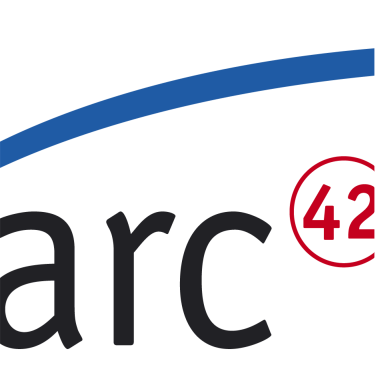Business or domain information is ‘crosscutting’
Business or domain models or elements (data, activities, processes, services, tools, materials) will most often (and definitely should!) be reflected within source code. For small or simple systems, you might describe such elements within the building block view… but:
Such business or domain elements will be referred-to from numerous building blocks, and therefore be well-suited for a crosscutting topic.
Therefore: Document (explain, specify) business or domain models or elements within arc42 section 8.
Domain Model and simple alternatives
In case you follow a Domain-Driven Design approach (DDD) approach for design and development of your system, you will develop and evolve a statically and dynamically expressive model of your domain, consisting of Entities, Aggregates, Services, Value-Objects and additional patterns from DDD.
These elements and their relationships (the ‘domain model’) are the foundation of the so called ubiqitous language, a core pillar of DDD. Document this domain model in graphical form to give an overview.
There are some (simple) alternatives, if you cannot or don’t want to follow the DDD methodology:
- (business or logical) data model: Restricted to the more statical aspects of the domain, one of the software engineering classical models. See tip 8-7 (data model).
- (business or logical) process- or activity models: Which business element/stakeholder has which task to fulfill, what things/tools/data do they need for this purpose, etc.
